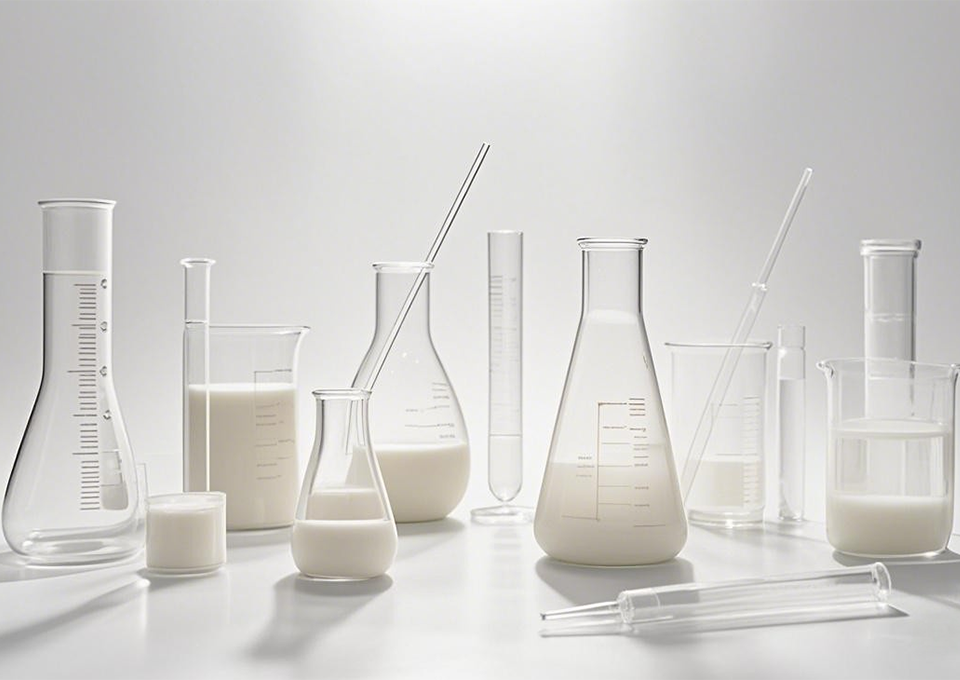Eine umfassende Kostenanalyse der Acrylat-Emulsionsproduktion erfordert die Bewertung mehrerer Faktoren, die zu den Gesamtkosten beitragen – von Rohmaterialien bis hin zu Fertigung und Distribution. Rohstoffe machen einen erheblichen Teil der Kosten aus; wichtige Bestandteile sind unter anderem Acryl-Monomere wie 2-Ethylhexylacrylat (2EHA), welches E Plus Chemical Co., Ltd. mit einer jährlichen Kapazität von 50.000 Tonnen produziert. Preisänderungen dieser Monomere, beeinflusst durch Marktangebot und -nachfrage, Energiekosten sowie Transportkosten, wirken sich direkt auf die Produktionskosten der Emulsion aus. Zu den Fertigungskosten zählen der Energieverbrauch für den Betrieb vollautomatisierter Produktionslinien, Arbeitskosten für qualifizierte Techniker sowie Wartung der modernen Ausrüstung, die in katalytischen Polymerisationsprozessen verwendet wird. Dank der integrierten Industriekette von E Plus Chemical – von der Monomersynthese bis zur Fertigprodukt-Lieferung – lassen sich diese Kosten optimieren, indem die Abhängigkeit von externen Lieferanten reduziert und Transportkosten zwischen den Produktionsstufen minimiert werden. Qualitätskontrollmaßnahmen, wie beispielsweise sorgfältige Tests auf Reinheit und Leistungsfähigkeit, erhöhen zwar die Kosten, sind jedoch unerlässlich, um Industriestandards zu erfüllen. Zudem tragen Investitionen in Forschung und Entwicklung – etwa zur Verbesserung der Produktionseffizienz, zur Optimierung der Produktoptionen und zur Entwicklung kundenspezifischer Formulierungen (im Rahmen von OEM-Dienstleistungen) – langfristig zur Kostenkontrolle bei. Dazu kommen variierende Distributionskosten, die Verpackung, Lagerung und Transport zum Kunden umfassen und von Entfernung sowie Bestellvolumen abhängen. Dank der hohen Produktionskapazität von E Plus Chemical (240.000 Tonnen jährlich für acrylbasierte wässrige Harze) lassen sich Skaleneffekte erzielen, wodurch die Stückkosten der Acrylat-Emulsion sinken. Durch das ausgewogene Zusammenspiel all dieser Faktoren kann das Unternehmen wettbewerbsfähige Preise anbieten, ohne dabei die Produktqualität zu vernachlässigen, sodass Kunden eine optimale Leistung für Anwendungen in Beschichtungen, Klebstoffen, Verpackungen und medizinischen Klebebändern erhalten.
